To recover compensation after a rear-end collision, you must prove the other driver acted negligently and that their actions directly caused the crash. While rear drivers are often presumed at fault, building a strong case with the right evidence is essential. Here’s how to do it.
Key Steps to Prove Fault
1. Rely on the Presumption of Negligence
In most rear-end collisions, the rear driver is presumed at fault. The logic is simple: all drivers must keep a safe distance and be alert to sudden stops. This presumption is supported by traffic laws and legal doctrines like res ipsa loquitur—the idea that the accident speaks for itself.
However, this presumption can be challenged. That’s why evidence matters.
2. Gather Essential Evidence
To solidify your case, collect a variety of supporting evidence:
- Police Reports: These outline the facts, any citations issued, and officer opinions on who caused the crash.
- Photos and Videos: Capture damage, skid marks, road conditions, and dashcam footage. These visual aids can tell the story better than words.
- Witness Statements: Independent third-party accounts can support your version of events, especially if they saw distracted driving or sudden braking.
- Expert Testimony: Accident reconstruction experts can analyze impact points and help establish speed, distance, and reaction time.
- Vehicle Inspection Reports: Mechanical failures or faulty brake lights can affect liability.
3. Demonstrate the Four Elements of Negligence
To win your case, you’ll need to prove these four components:
- Duty of Care: The other driver had a legal obligation to drive safely.
- Breach of Duty: That duty was violated through actions like tailgating, texting, or speeding.
- Causation: The breach directly caused the accident.
- Damages: You suffered losses (injuries, vehicle damage, lost income) as a result.
4. Anticipate the Rear Driver’s Defenses
The rear driver may argue that:
- You stopped suddenly for no reason.
- Your brake lights weren’t working.
- You were reversing or driving erratically.
To counter these claims, use evidence like dashcam footage, eyewitness reports, and mechanical inspection results. Showing your brake lights were functional or that you stopped for a valid reason (like a red light) helps protect your case.
Conclusion
Proving fault in a rear-end collision isn’t always automatic. While the rear driver is often presumed liable, your case will be stronger when backed by solid documentation, credible witnesses, expert analysis, and a thorough legal strategy. Work with a personal injury attorney to make sure your rights are protected and you get the compensation you deserve.
The post How to Prove Fault in a Rear-End Collision: A Step-by-Step Guide appeared first on The Injury Advocates.




